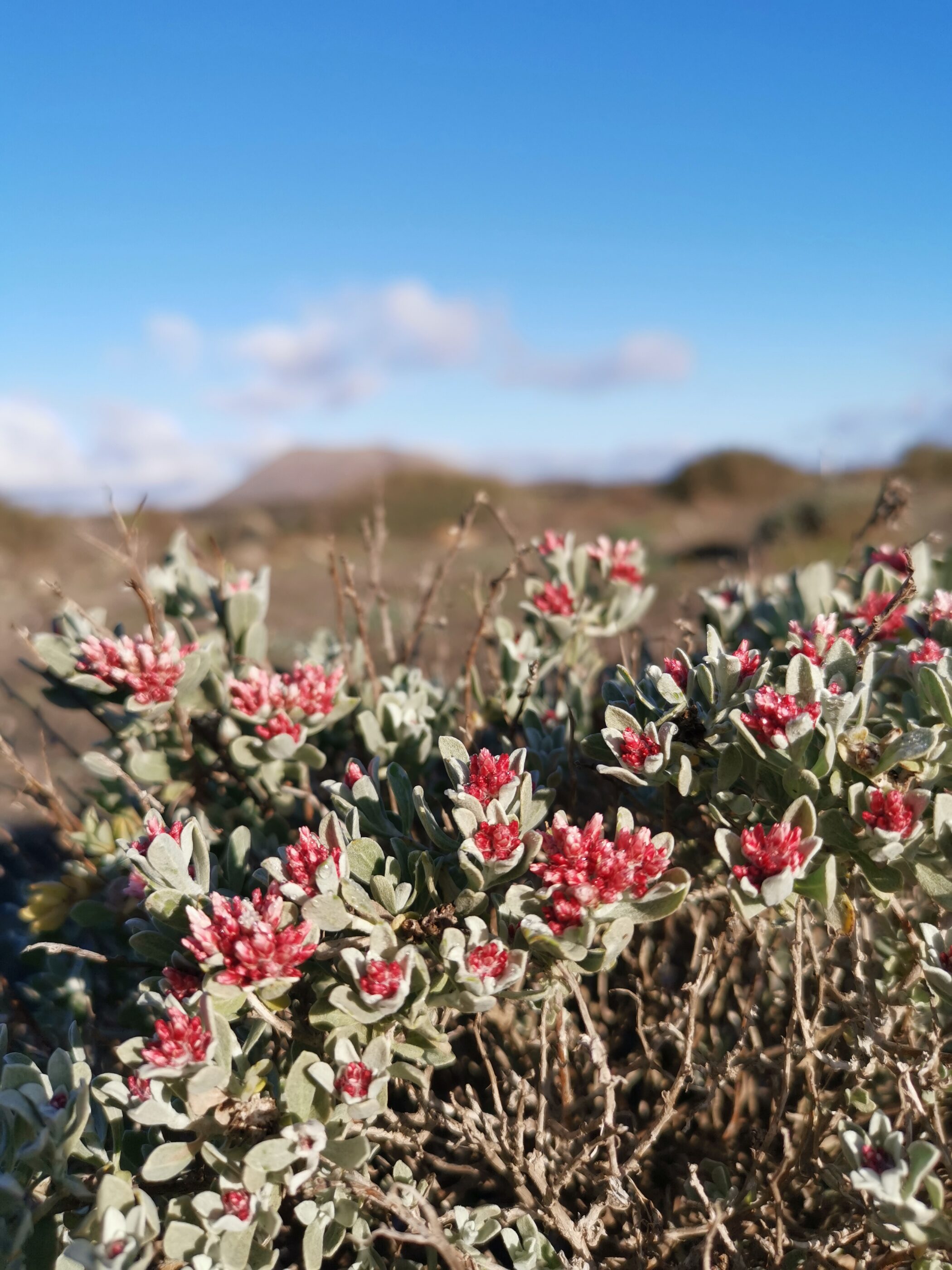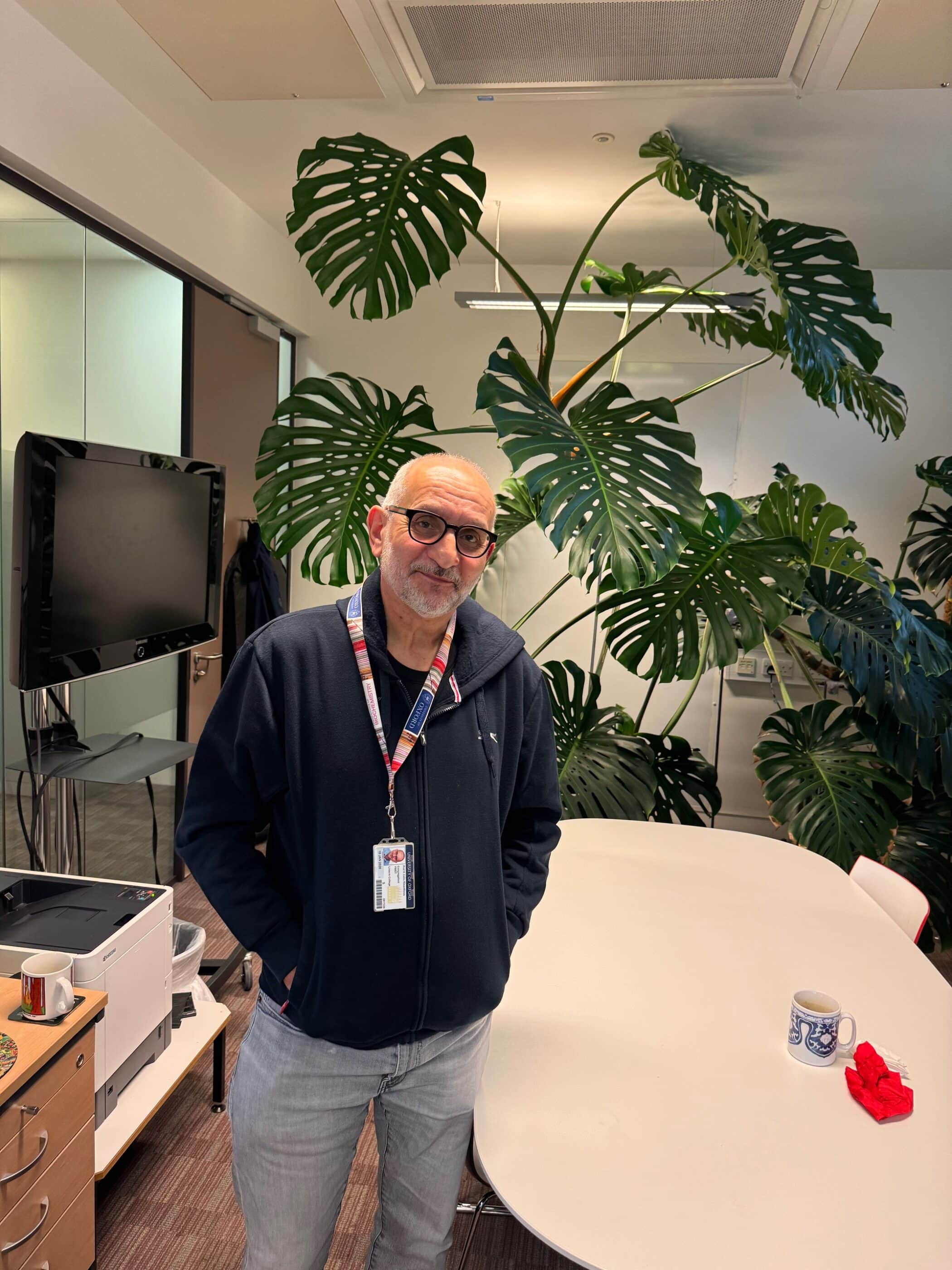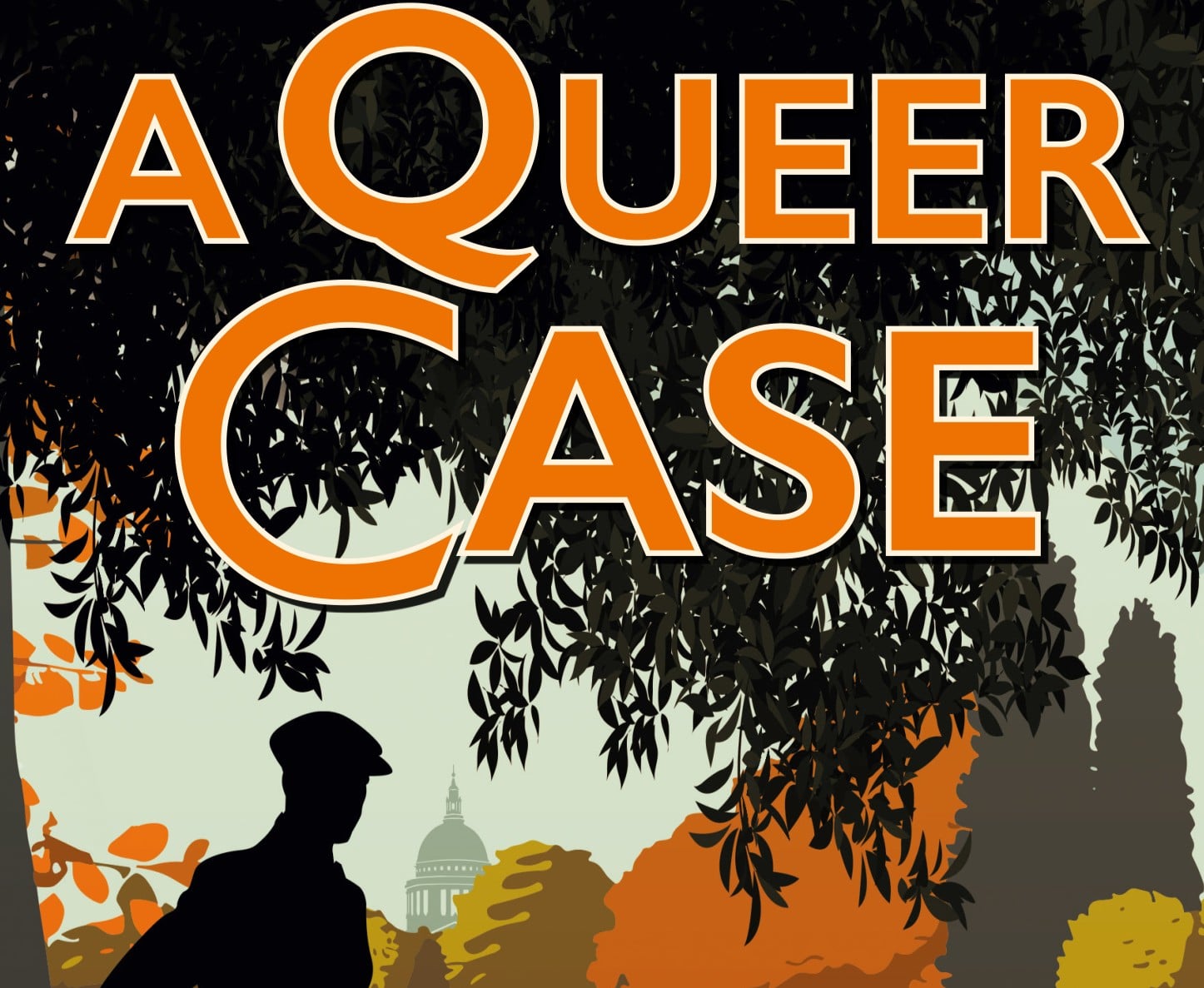Oxford Botanic Garden and Arboretum (OBGA) is initiating a new project that will examine and document the internationally important flora of the Canary Islands – a ‘text book’ region of species richness and endemism. In collaboration with Principal Curator of the Natural History Museum of London, Dr Mark Carine, and Director of the Jardín de Aclimatación de La Orotav, Dr J. Alfredo Reyes-Betancort, OBGA will conduct research on poorly known species groups on the islands, and ultimately, we plan to write (much-needed) revised flora of the region.
The endemic flora of the Canary Islands is exceptionally rich, with about 700 endemic plants, accounting collectively for over half of the total native flora. Lanzarote, which lies at the east of the archipelago, is one of the best known of the Canary Islands, owing to its accessibility and warm, dry climate. The island features lunar landscapes made up of jagged volcanic peaks, extensive black lava beds, and white, sandy coastal plains. Far from the bustling holiday resorts in the south of the island, the Famara massif in the northwest is a geologically old formation with high cliffs and ridges which have remained relatively inaccessible to man and goat. Most of the island’s endemic plants are concentrated in this mountainous region and 12 are found only here. This spring, I made a botanical excursion with local botanist, Alfredo, to see some of the very special plants that have clung on to these ancient cliffs, and can be found nowhere else.
Our excursion began by clambering down the jagged volcanic slopes of Las Rositas which look out over a vast, glittering Atlantic. Among forests of giant, yellow-flowered sow thistles (Sonchus pinnatifidus) we found prickly arching branches of ‘esparraguera majorera’ – an endemic wild asparagus (Asparagus purpuriensis) that looked a far cry from its edible cousin, with its sharp thorns and woody stems. Here and there, wild white alliums (Allium canariense) were poking through the rock, alongside violet splashes of wild lavender (Lavandula pinnata). Already breaking into a sweat, in the warm February breeze, eventually we made our way to the locus classicus of an exceptionally rare rock rose (Helianthemum thymiphyllum). Following the dry winter, none were in flower and some had scarcely even had leaves. At the top of the cliffs we searched for a rare broomrape I had hoped to encounter (Orobanche castellana) but none appeared to be in flower this year, so we headed off. We drove through the quaint hill down of Haría, set between the peaks of Peñas del Chache (and known as ‘the valley of a thousand palms’) where we spotted great stands of the spectacular giant fennel (Ferula lancerottensis) along the way. Impossibly verdant and fresh on the desperately dry volcanic slopes, these relatives of the popular culinary herb produce enormous long taproots that probe deep into the fissures of the rock for what little moisture is retained there, fuelling the fat flowering stems they send up in late winter. Nearby, high on the windy Mirador de Haría we encountered our first stand of the rare daisy-relative Argyranthemum maderense, the ‘Madeira marguerite’ which is cultivated far and wide for its lemon-yellow flower-heads. We snaked our way up to El Bosquecillo – a peculiar ‘miniature forest’ on the summit of the island. Alfredo led us away from the small gathering of hiking tourists to the very edge of the vast riscos – gargantuan cliffs that overlook Famara, the long, horseshoe shaped bay some 600 metres below. With sweaty palms, we descended cautiously to vertical craggy ledge, the sandy beach staring up at us through the mist. Pinned to the cliff by slamming gusts, we found rarities there including the mint-relative Sideritis pumila, a gnarled grey shrub, much stunted by the exposure of its wind-blasted haunts. The wind roaring in our ears, we scrambled back up to safer territory.
Our next clifftop station was a vast agglomeration of boulders perched high above the amber plains below, mercifully less precipitous than the riscos – notwithstanding the rusting skeletons of fallen vehicles scattered beneath us. Here Alfredo showed me the few crevices where his favourite endemic occurs, a curry plant known locally as ‘yesquera amarilla o algodonera’ meaning ‘yellow tinder’ (Helichrysum gossypinum). Nearby we saw the squat bronze and turquoise-coloured cushions of the delightful little succulents Aichryson tortuosum and Monanthes laxiflora, and near where we had parked the car, a solitary purple sand crocus (Romulea columnae), gleaming like an amethyst in the rock. Here I was able to take a closer look at the giant fennels, and could barely contain myself with joy, to Alfredo’s amusement.
The next day we headed south to the amber and black volcanic plains where Helichrysum monogynum grows. Rather unbefitting for such a rare and special plant, the best place to see it is beside the main road, the drivers peering at us transiently as we knelt to examine the plant. Great ash-coloured mounds of the shrub grow here, a handful of them with scarlet flowers peeking through the intricate branches, like embers. We made our way north again, this time to the foot of the towering cliffs we had descended the day before. We parked the car at Famara beach among hordes of sleek black surfers and picked our way over the boulders. The coastal scree here was home to many rarities that bathe in the ozone. Our first find was Periploca laevigata, its stems creeping over the rocks. I have encountered the plant in deserts several before but its peculiar starfish-like flowers always give me a thrill. Alfredo then showed me the sinewy clumps of ‘piñamar mayor’ (Atractylis arbuscula), a white-flowered daisy that is threatened with extinction and grows only here by the thunder and hiss of the Atlantic. We scrambled up the cliff in pursuit of one the island’s rarest plants, a ‘tree plantain’ (Plantago arborescens). Noting the uncommon white-flowered ‘tojia blanca’ (Asteriscus schultzii) along the way, we searched for a good hour without success. Eventually, the palms of our hands cut by the unforgiving bare rock, we found a single specimen perched in the middle of a ravine. A rather unprepossessing species, somewhat resembling the plantains that frequent our lawns, we were pleased to find the elusive plant, nevertheless.
Later that week, after my ‘clifftop safari’ of rare endemics with Alfredo, I met with a local ecologist, Matías Hernandez Gonzalez, who has a passion for conserving the native flora of Lanzarote. Matías inherited a family plot in the centre of Lanzarote. Rather than developing the land for tourism – the most lucrative industry on the island – Matías and his sister are instead seeking to establish the area as a nature reserve where they propagate rare species. Helichrysum monogynum (see above) grew wild here, among low forests of the succulent Aeonium lancerottense, like muscular pink cauliflowers. As we picked our way over the sun-baked black scree, Matías pointed out heirloom succulents planted by his ancestors, and long the way, I helped him to identify the myriad little annuals that were sprouting all over the place after the scant winter rain. After musing over the minute stipules of a medicago, he showed me the interpretation signs that he is installing to explain the importance of the native plants, and imparted his ambition for school groups to visit the plot to learn about traditional agriculture and ecology. Inspired by Matías’s dedication to conservation, we chatted about potential collaborative projects for the future over herbal tea and biscuits in the warm midday sun.
This trip was funded by the Linacre College JRF Travel Grant.
Chris Thorogood is a Junior Research Fellow and the Deputy Director & Head of Science at University of Oxford Botanic Garden & Arboretum.


















